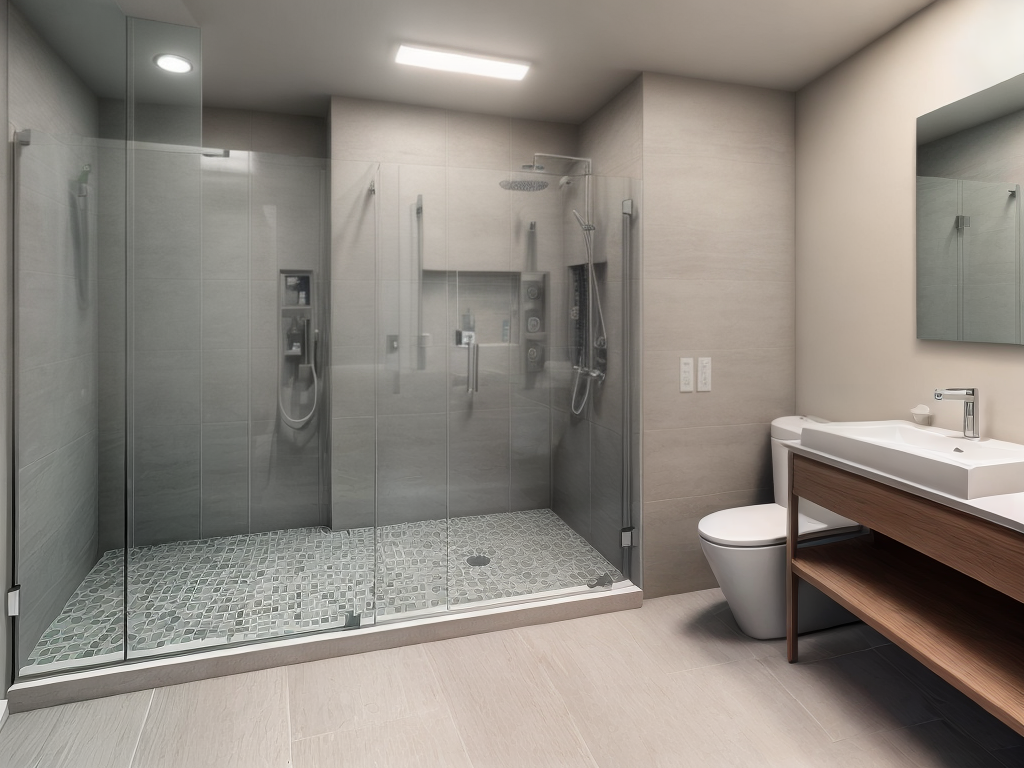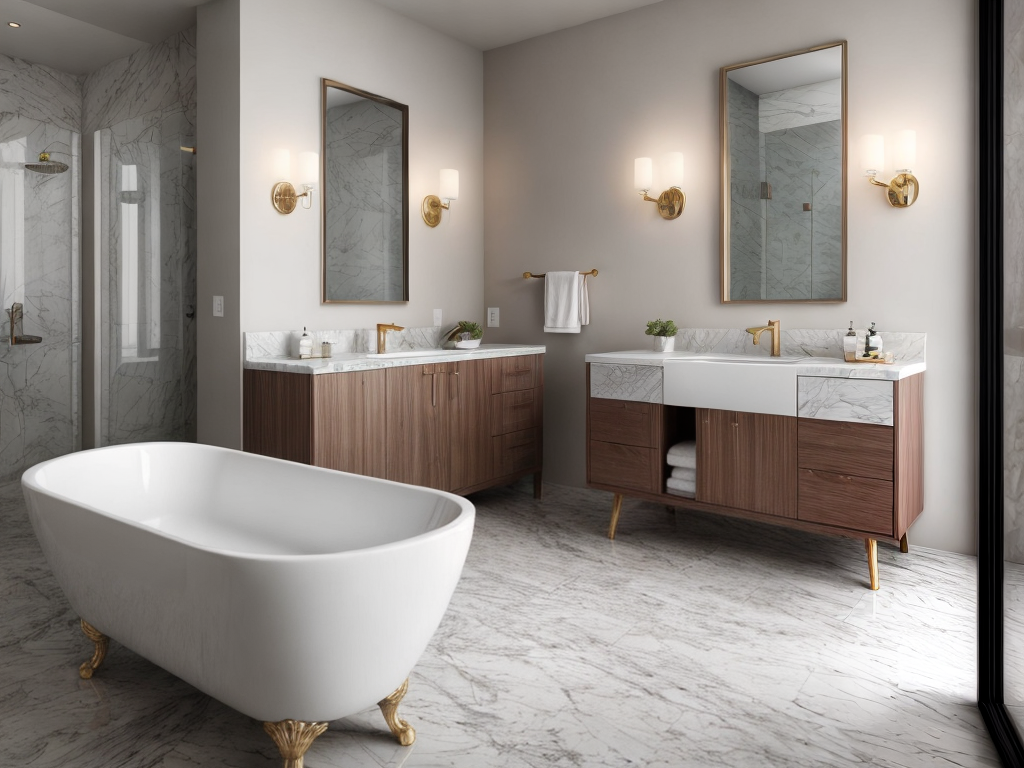
If you’re considering a bathroom renovation, one of the decisions you’ll need to make is what type of vanity to install. In recent years, floating vanities have become a popular choice due to their sleek, modern design and space-saving benefits. But before you jump on the floating vanity bandwagon, it’s important to understand the pros and cons of this type of vanity. In this article, we’ll explore the pros and cons to help you make an informed decision.
Pros of a Floating Vanity
1. Space-Saving
One of the biggest benefits of a floating vanity is that it can help save space in a small bathroom. Because the vanity is mounted to the wall, there’s no need for bulky legs or a base, which can take up valuable floor space.
2. Modern Design
Floating vanities are known for their sleek, modern design. They have a clean, minimalist look that can help give your bathroom a high-end feel.
3. Easy to Clean
Because a floating vanity doesn’t touch the floor, it’s easy to clean underneath it. This can help prevent dirt and dust from accumulating in hard-to-reach areas.
4. Customizable Height
Another benefit of a floating vanity is that it can be mounted at a customizable height. This means that you can adjust the height of the vanity to best suit your needs, whether you’re tall or short.
5. Versatile Style Options
Floating vanities come in a variety of styles and materials, which means that you can find one that complements your bathroom’s decor. Whether you prefer a rustic wood finish or a sleek, modern look, there’s a floating vanity out there that’s right for you.
Cons of a Floating Vanity
1. Limited Storage
One of the downsides of a floating vanity is that it typically has less storage space than a traditional vanity. Because there’s no base or legs, there’s less room for cabinets and drawers.
2. Difficult to Install
Installing a floating vanity can be more difficult than installing a traditional vanity. It requires mounting the vanity securely to the wall, which can be a challenging task for DIYers.
3. Requires Strong Wall Support
Because a floating vanity is mounted to the wall, it requires strong support. This means that you may need to reinforce your bathroom’s wall studs to ensure that the vanity is securely mounted.
4. Limited Weight Capacity
Floating vanities typically have a lower weight capacity than traditional vanities. This means that they may not be able to support heavy countertop materials or large sinks.
5. Potential Plumbing Challenges
Finally, installing a floating vanity can sometimes pose plumbing challenges. Because the vanity is mounted to the wall, the plumbing needs to be properly positioned behind it. This can be difficult if your bathroom’s plumbing is not already configured for a floating vanity.
Conclusion
In summary, a floating vanity offers several benefits, including space-saving, modern design, and easy cleaning. However, it also has some drawbacks, such as limited storage, difficult installation, and potential plumbing challenges. Before deciding whether a floating vanity is right for you, consider your bathroom’s layout and your personal preferences. And if you’re unsure, consult with a professional to help you make an informed decision.



